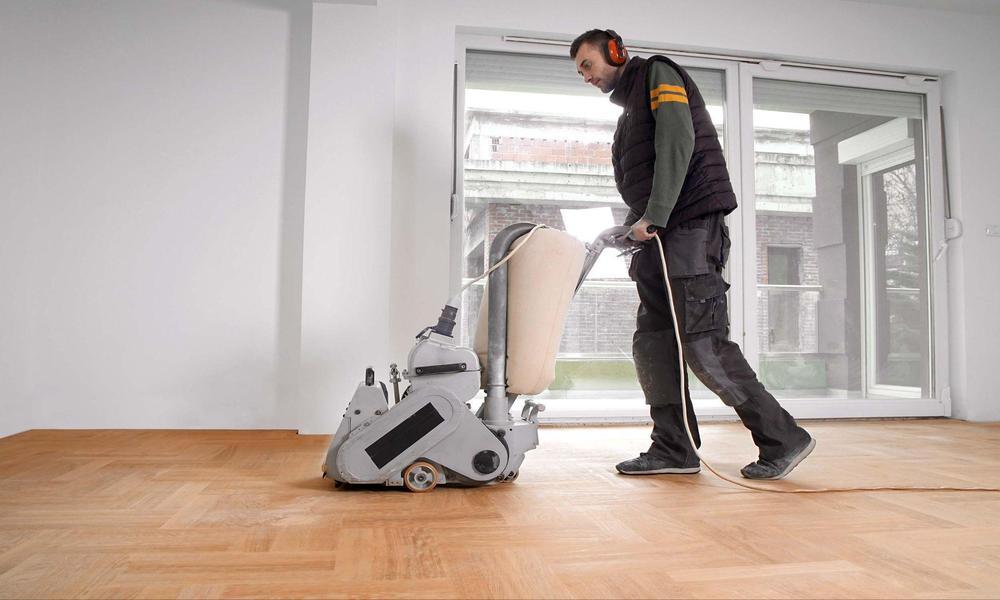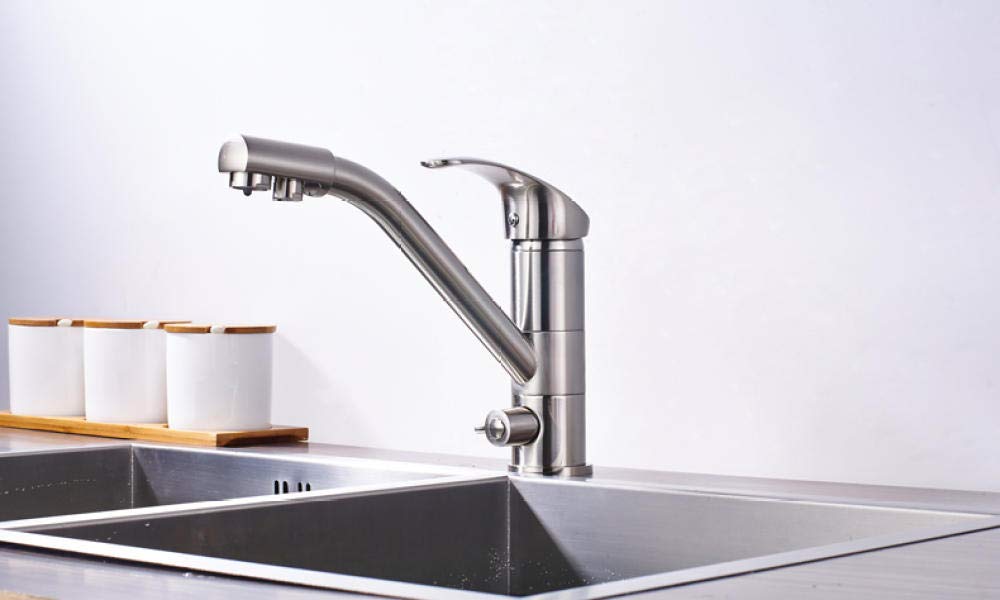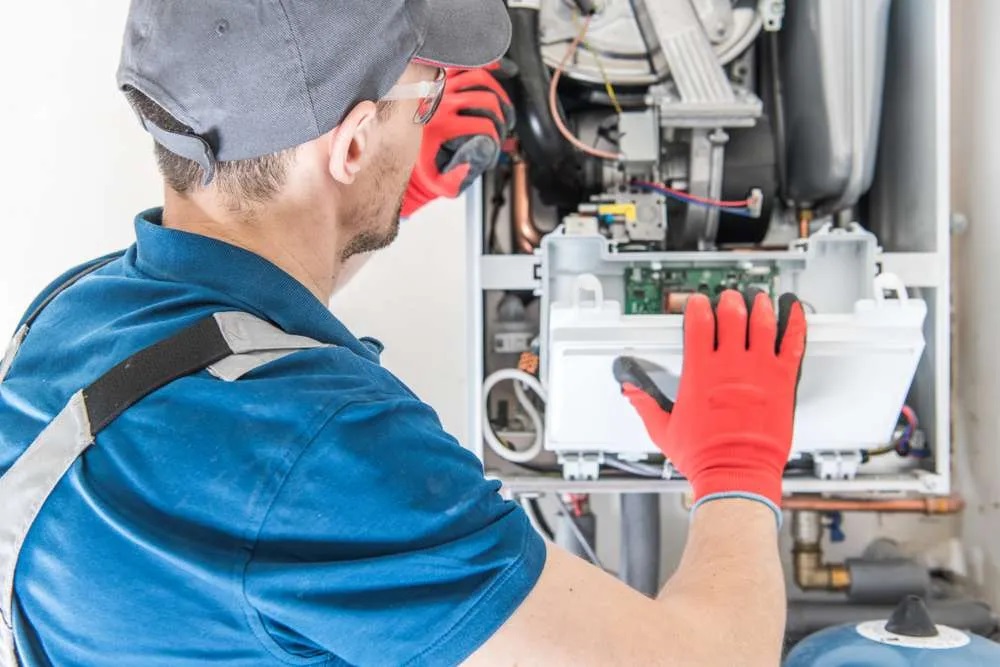Yes, floor sanding is an important process for maintaining the beauty and longevity of your floors, especially for hardwood floors. Here’s why:
Restoration of Appearance:
Over time, floors can become worn, scratched, or dull due to foot traffic, furniture movement, and general wear and tear. Floor sanding involves removing the top layer of the floor, including surface imperfections and old finishes, revealing the fresh, smooth wood underneath. This process restores the original beauty and natural grain of the wood, giving your floors a rejuvenated appearance.
Removal of Stains and Damage:
Floor sanding is an effective way to remove stains, scratches, and minor damage from the surface of the floor. By sanding the damaged areas, you can eliminate or reduce the visibility of marks, allowing your floors to regain a more uniform and flawless look.
Leveling and Smoothing:
Floor sanding helps to level out any unevenness or imperfections in the floor surface. It can address issues such as minor warping, uneven boards, or shallow dents. By sanding the entire floor, you can create a smooth and even surface, improving both the visual appeal and functionality of the floor.
Preparation for Finishing:
Floor sanding is an essential step before applying a new finish or protective coating to the floor. By sanding the surface, you create a clean and porous surface that allows the new finish to adhere properly. This ensures that the finish is applied evenly and effectively, enhancing the durability and longevity of the floor.
Maintenance and Prevention:
Regular floor sanding and refinishing can help maintain the overall condition of your floors. By removing the old finish and applying a new one, you provide a protective layer that guards against daily wear, moisture, and other potential damage. This proactive approach can extend the lifespan of your floors, saving you from costly repairs or replacements down the line.
What Are the Signs that You’re Floors Need Sanding and Refinishing?
Dull and Faded Appearance: Over time, hardwood floors can lose their luster and appear dull or faded. This can be caused by sunlight exposure, foot traffic, and the gradual wearing off of the protective finish. If regular cleaning and maintenance no longer restore the floor’s shine, sanding and refinishing can bring back the original beauty and sheen of the wood.
Stains and Discoloration: Stubborn stains or discoloration that cannot be removed through regular cleaning or spot treatments may require sanding and refinishing. Deep stains, water damage, or chemical spills can penetrate the surface of the wood and affect its appearance. Sanding can help remove these stains, while refinishing can provide a fresh, uniform color to the floor
Uneven or Warped Boards: If your floor has uneven or warped boards, it may be a sign of underlying issues such as moisture damage or subfloor problems. Sanding can help level out the surface by removing imperfections and addressing minor warping. However, it’s important to identify and resolve the root cause of the problem to prevent further damage.
Worn or Peeling Finish: If the protective finish on your floors is worn, peeling, or showing signs of deterioration, it’s a clear indication that the floor needs refinishing. The finish provides a barrier against moisture, stains, and daily wear, so when it starts to wear off, the wood becomes vulnerable to damage. Refinishing the floors will restore the protective layer and extend the lifespan of the wood.




